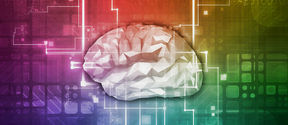We use real-life like stimuli, such as movies and narrated stories, during fMRI and MEG/EEG, to engage social cognition and affective processes in experimental subjects. The resulting complex neuroimaging data, complemented by a diversity of behavioral measures, are analyzed by algorithms that we constantly develop as an integral part of our research efforts. We have used machine learning multivariate analysis methods to decode emotional states from brain activity, graph-theory based analysis tools to estimate functional complex sub-networks in neurotypical and high-functioning autistic subjects, and inter-subject similarity measures as model-free analysis approaches to study neural mechanisms of mutual understanding.
Link to the Brain and Mind laboratory website




















